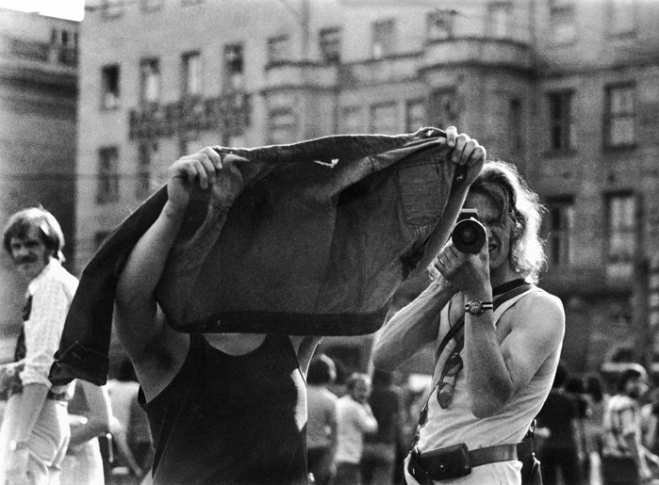The Way of Images
A podium debate with Eva Leitolf, Jochem Hendricks, Astrid Proll and Max Regenberg.
Moderation: Jan Wenzel
Concept: Katja Stuke and Oliver Sieber
Saturday 24th September, 5 p.m.
Kunsthochschule für Medien Köln (auditorium), Filzengraben 2, 50676 Cologne
Admission free.
The Concept
Who makes images? To whom do images belong? To whom do memories of images belong? Who allows images? Who decides on images?
An image, a photo, once taken and published, immediately takes on a life of its own. It is re-used, disseminated, edited, appraised, loved, hated, interpreted or censored – the photographer soon gets the feeling of having lost control over his or her own image. The image changes its perception and appraisal through altered contexts or through cutting, which is no longer under the influence of those who created an image originally. And as beholders we can, depending on context, no longer even tell the difference whether a photo originates from an amateur or a professional, from a journalist or an artist. Sometimes, the place at which an image is beheld provides a clue: in an exhibition, in various media, in social networks, in the photobook, in the catalogue, in a film etc.
In addition to photographers and artists there are, of course, many more people who deal with the medium of photography, interpret and use it. Besides the former, journalists, sociologists, neurologists, criminologists or anthropologists work with images, not forgetting the millions of amateurs and private individuals who take photographs and use them to communicate. Each of these groups places different demands, and has different perspectives, on images.
There is, as yet, no universally valid “grammar” for reading these images. But do we not need one, when it is more and more about visual communication and people are increasingly communicating by means of photography? When it is true that photography has an active share in social and cultural changes. And when we assume that photography has an influence on what we want, what we see, what we do, who we are, where we are going and what we remember.
Further questions can play a role during the podium debate: Who is responsible for deciding what images are published where, and how? Often, it is not the author alone: Editors decide what images are published where, and how; photographs are edited and provided with text, cropped. And private companies also intervene on decisions on what images are seen in the public space. Who is the author, and when does an image belong to everyone? Does it not belong to every single person, when it has been looked at and stored in the memory, and has thus become a shared recollection? Are there “innocent images”? What images cause a stir? All podium participants have had experience with these issues in one way or another.
The Participants
Eva Leitolf’s project of many years, “Postcards from Europe”, has long documented, in image and text, places in which global migration manifests itself in concrete conflicts at the individual level. The question arises, for her, of how reception of her work changes in different contexts: in exhibitions, during which the images are exhibited along with texts on postcard-sized cards which visitors can also take home; in magazines, in which only image details are published in reduced form; or also in the changed societal, political context.
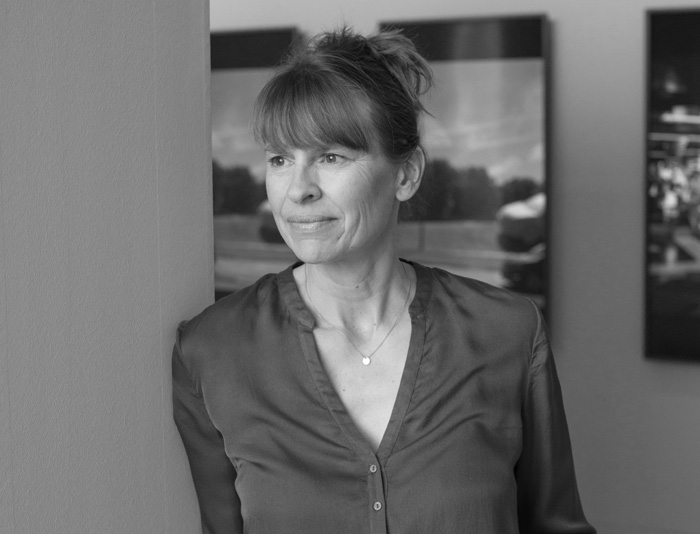
Foto: Marek Kruszewski
Jochem Hendricks, for his work “Revolutionäres Archiv”, has used material from an extensive police archive from the 70s. Of demonstrations and homeowners, of bank robberies, hostage-takings and accidents: virtually the view of Germany from the perspective of the police. With Magdalena Kopp, photographer and co-founder of the “Revolutionary Cells” in Frankfurt, he has edited and enlarged these negatives. As a Visual Artist who operates conceptually, he appropriates found photographs, both the tangible “objects” but memories too, the “images in the head”.
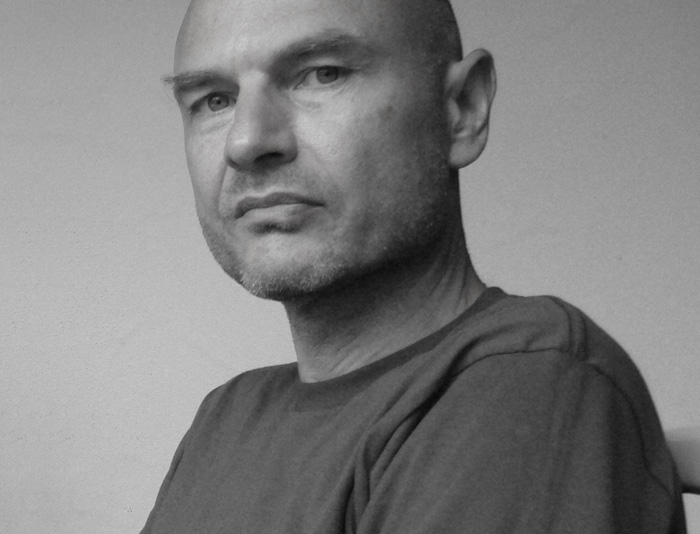
Foto: privat
Astrid Proll’s images from the series “Hans und Grete” also have a long history of perception and interpretation, of taking possession and of re-appropriation. Astrid Proll, active in the Red Army Faction herself in the 70s, photographed private shots of Andreas Baader, Gudrun Ensslin, Ulrike Meinhof and companions. Enthusiasm over a new camera gave rise to private images, which can be read in manifold ways through an ever-new contextualization. Later, too, as an image editor, she was able herself to have influence on the selection and use of photographs and on communication by means of images.

Foto: privat
The campaign by fashion company Benetton in the 1990s triggered a multifaceted debate: What is advertising permitted to do? How is photography used and understood? What is allowed in the public space (and in magazines), and what is prohibited? How is the campaign received and discussed in the art context, too? Photographer Max Regenberg documented and collected the promotional posters of the Benetton campaign and reports how important these controversies were for the continued development of photography, but also that some of the motifs, even 20 years later, are still being critically appraised. The question arises once again: Who actually decides what images we see?
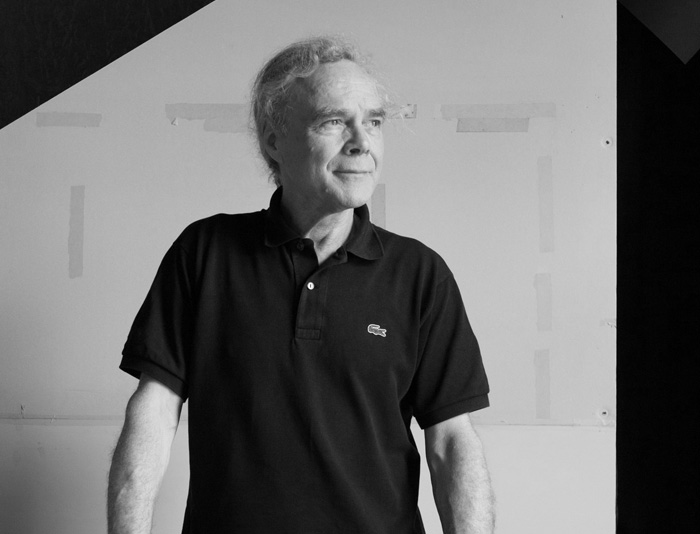
Foto: Damian Zimmermann
Jan Wenzel, along with Anne König, with whom he also runs Spector Books, curated the f-stop festival in Leipzig this year. With the theme “the end of the world as we know it ist der Beginn einer Welt, die wir nicht kennen” they dealt with the change in photography, and, among others, posed the question of how photography is capable of “doing justice to the complexity of our present day?” Recently they were obliged to confront the issue of violence against images in the public space.
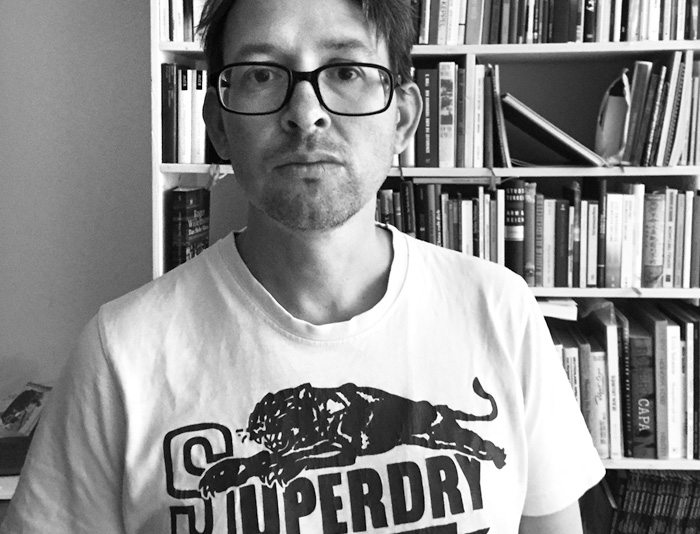
Foto: privat
